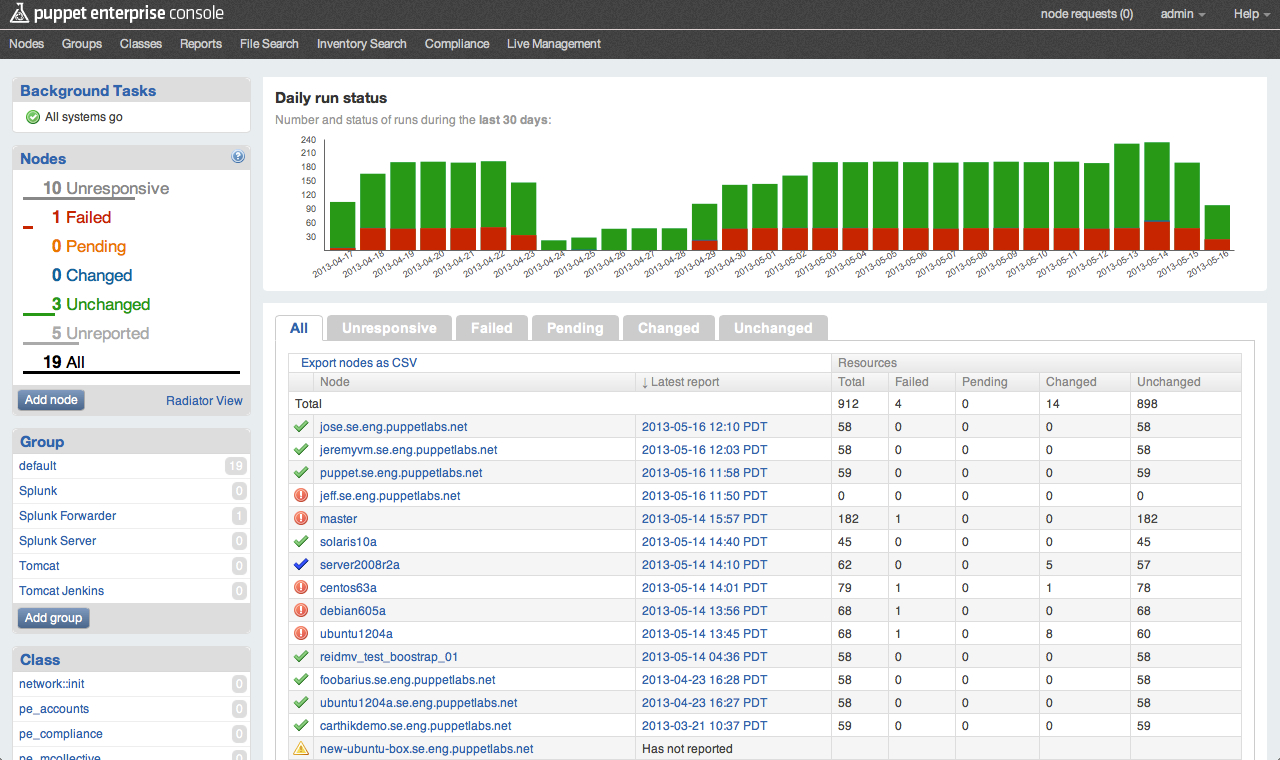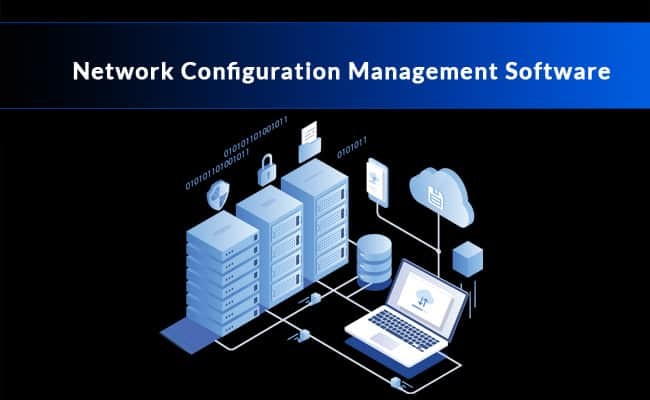
This report detects GPOs that are not owned by Domain Admins (in both SYSVOL and AD) and provides a way to fix them. By design, if Domain Admin creates GPO, the owner of GPO is the domain admins group. GPOOwners – this report focuses on GPO Owners.This command can detect that and propose a solution. For example, if a GPO is deleted, sometimes links to that GPO are not properly removed. GPOBrokenLink – this report can detect links that have no matching GPO.Then it provides an easy way to fix it using given step by step instructions. Additionally, it can detect GPO objects that are no longer GroupPolicy objects (how that happens, I’m not able to tell - replication issue, I guess). By broken GPOs, I mean those which exist in AD but have no SYSVOL content or vice versa – have SYSVOL content, but there’s no AD metadata. GPOBroken – this report can detect GPOs that are broken.it’s a tool to eat your Group Policies and tell you what’s wrong with them or give you data for further analysis with zero effort on your side. User logon Kerberos – ADUserLogonKerberos.User changes detailed – ADUserChangesDetailed.

Logs Cleared Security – ADLogsClearedSecurity.Logs Cleared Other – ADLogsClearedOther.Group policy changes – ADGroupPolic圜hanges.Group membership changes – ADGroupMembershipChanges.Group changes – Created / Deleted – ADGroupCreateDelete.Group changes – Detailed – ADGroupChangesDetailed.Computer changes – Detailed – ADComputerChangesDetailed.Computer changes – Created / Changed – ADComputerCreatedChanged.Also, check out what happens with your event logs and configure appropriately. Event Log size often gets quickly out of control.

Make sure to not select everything unless you require it.

Seb configuration tools windows#
The tool can even show you what the diff from the original file is when the transformation is applied.Configure as GPO deployed over DC’s OU -> Computer Configuration -> Policies -> Windows Settings -> Security Settings -> Advanced Audit Configuration The people over at elmah.io has created the Web.config Transformation Tester, where you can try out what the result will be of combining a Web.config-file with a transformation. This solution for transforming the Web.config on the fly would mean that this specific file would constantly be modified and if one person is working with Debug and another person is working with Release the Web.config would probably get big changes constantly. I recommend that you leave Web.config out of your Version Control. Just press your CTRL+SHIFT+B and see the Web.config-file be transformed. You can now build, run your project or publish it all depending on what Solution Configuration you have selected. The solution to this is to add a Condition to the Target-tag like this: UPDATE: From a reminder in the comments I realized that I also have a problem with Visual Studio transforming the XML twice, when Publishing a project. csproj-file, just before the closing -tag: You will end up with these files:Īdd the following configuration to the bottom of your. This file will be the equivalent to your old Web.config, as it will be the base for the tranformation. Did you ever wish you could run your web application with the Web.config being transformed according to the current Solution Configuration for Debug or Release directly from Visual Studio? Well, with some pre-build-magic we can do this.Ĭreate a file named, besides the existing and.


 0 kommentar(er)
0 kommentar(er)
